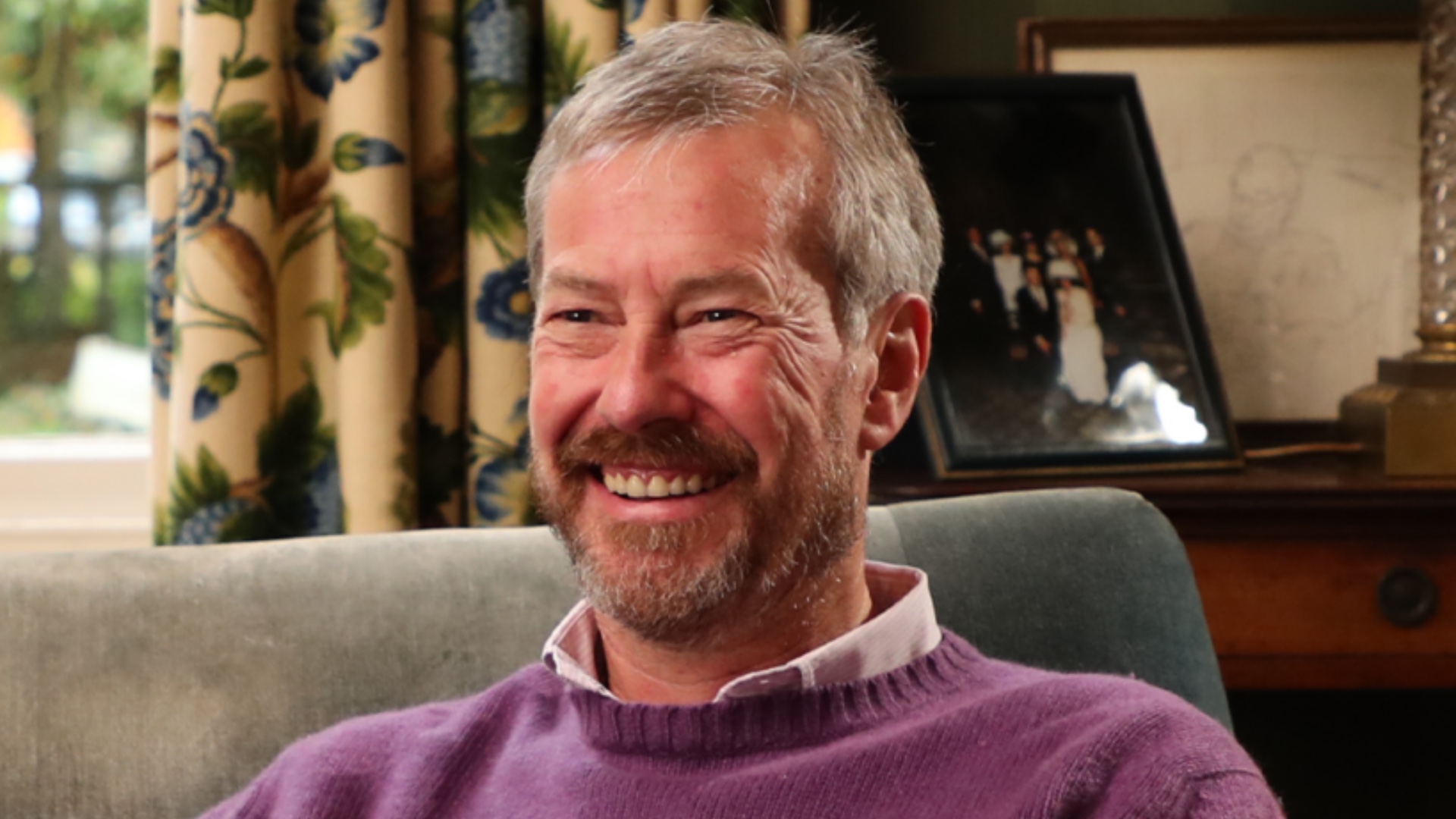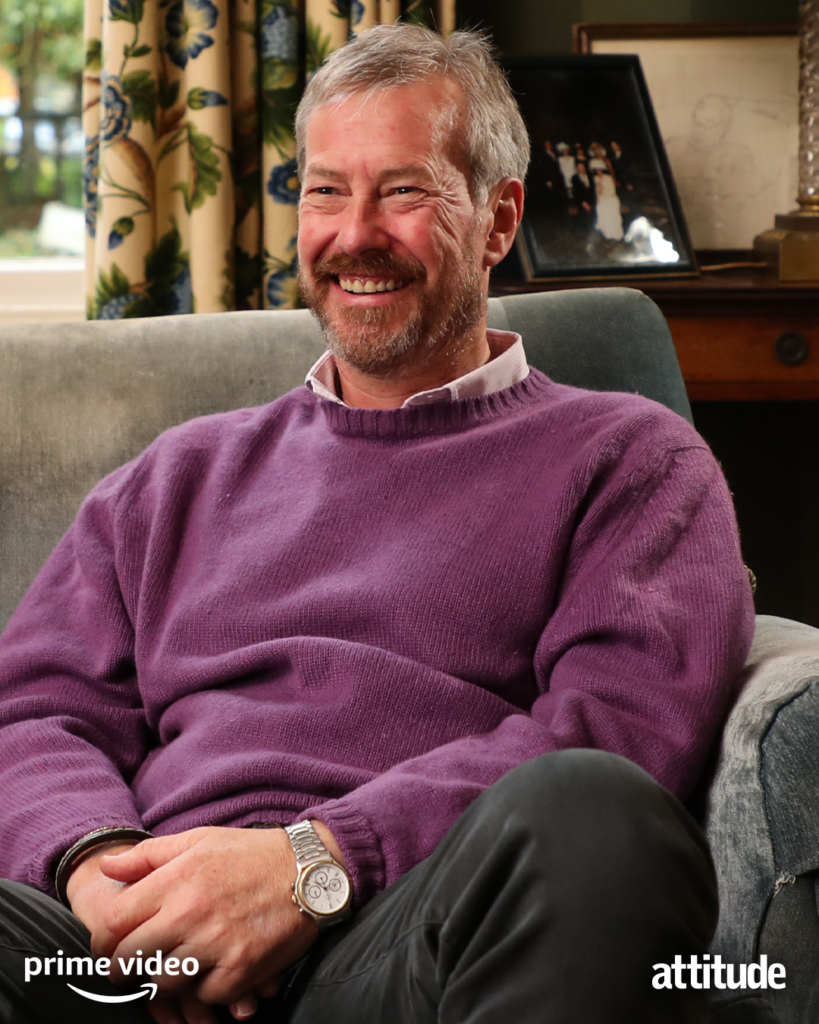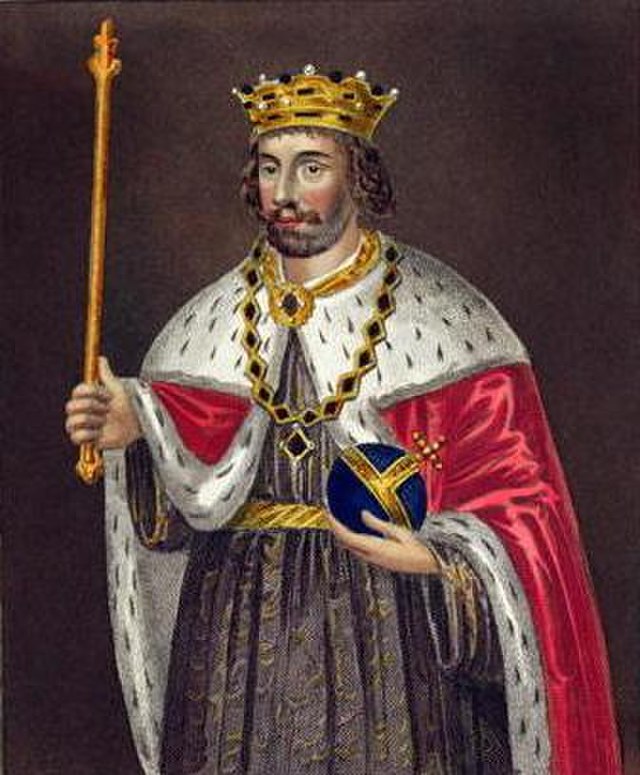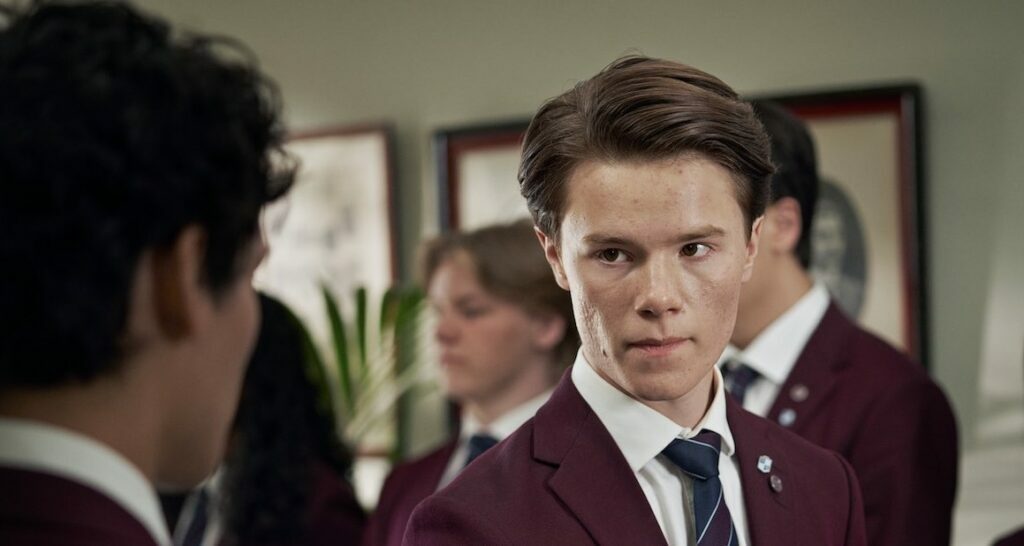The long LGBTQ history of the Royal Family you probably didn’t learn in school
Richard I, who ruled from 1189 until 1199, is said to have often shared his bed with King Philip II of France. Talk about entente cordiale…
By Hugh Kaye

In the late 1980s, rumours often circulated about the sexuality of Prince Edward of the Royal Family. For a while, there was even a club in London called The Queen’s Youngest Son. Not very subtle…
Things got to the stage in 1990 when the Daily Mirror reported that, while working for Andrew Webber, Edward got so angry that he was quoted as allegedly saying: “It’s just outrageous to suggest this sort of thing. It’s so unfair to me and my family. How would you feel if someone said you were gay?”
Although no one would probably feel that upset today, Edward’s outburst broke the tradition about speaking out about the private lives of members of the Royal Family.
The fact of the matter is the rumours were never based on any evidence or fact and time would seem to have shown them to have been totally unfounded. He’s about the only one of the late Elizabeth II’s children to have made their marriage work the first time around.
However, there have been – and still are – plenty of gay royals in the UK.
Probably the best-known is Lord Ivar Mountbatten. Although he had married Penny Thompson in 1994 and has three children, the great, great, great-grandson of Queen Victoria came out as gay in 2016 and tied the knot with his partner James Coyle just over four years ago. Attitude reported at the time that he was given away by his ex-wife and, although no members of the Royal Family were there, Prince Edward (not him again!) and his wife Sophie sent a message of congratulations.

Speaking to the Daily Mail in 2018, Penny said: “Ivar is so much more relaxed these days. He’s so much kinder. He’s become a great cook. I now call him Fanny Cradock. He probably wasn’t even aware that by keeping his sexuality a secret it was tormenting him. Now, he’s a completely different person. Everybody says they’ve never seen him happier.”
And Ivar, a distant cousin of the late Elizabeth II, told the paper: “I never thought I’d marry a man. When I mentioned it to our eldest daughter, Ella, she said, ‘Oh Pap, it’s not a big deal. It’s so normal nowadays’.”
Much further back in history, there was William II, the son of William the Conqueror, who was often described as effeminate and said to have had more than a passing interest in fashionable young men.
Remember the stories of Richard the Lionheart (who often seems to pop up in Robin Hood films)? Well, one story you may not know is that Richard I, who ruled from 1189 until 1199, is said to have often shared his bed with King Philip II of France. Talk about entente cordiale…
“I never thought I’d marry a man”
Richard II, whose rule stretched between 1377 and 1400, was said by one chronicler to be in a relationship with Robert de Vere, the Earl of Oxford. William III, also known as William of Orange, never married and never had children, which led to rumours that he had affairs with Hans Willem Bentinck, who became the first Earl of Portland, and Arnold Joost van Keppel, the future Earl of Albemarle.
Then there was Queen Anne, who reigned over Britain between 1707 and 1714. Again, although married, it is said that she only really had eyes (and presumably other parts) for her childhood friend Sarah Churchill (yes, an ancestor of Winston).
Some sources say the monarch reportedly gave Sarah the coveted job of Lady of Her Bed Chamber (stop sniggering at the back) but she was definitely Mistress of the Robes and Groom of the Stool (who wouldn’t want that job?). The pair had a falling out and Sarah started spreading stories of their relationship.
Before that, there was another king who seemed to be a bit of a queen.
In an interview with The Washington Post in 2018, Kathryn Warner, author of Edward II: The Unconventional King, outlines the monarch’s close relationship with first Piers Gaveston, then Hugh Despenser.
Warner said: “It’s very obvious from Edward’s behaviour that he was quite obsessed with Gaveston.”
The pair met when Edward was in his teens, and when he became king in 1307, the new monarch made Gaveston the Earl of Cornwall. Although exiled on numerous occasions, the earl was always brought back by Edward, the article continues.

Even after Gaveston was killed, the king could not forget him. Edward “constantly had prayers said for [Gaveston’s] soul; he spent a lot of money on Gaveston’s tomb,” Warner said.
Some years later, Edward turned his attention to Despenser and the pair were even described as “the king and his husband,” Warner added, while another chronicler claimed that Edward’s heart was bewitched.
Fast forward to the 17th century, and James I is thought to have been bisexual, if not gay. He certainly had male favourites. The son of Mary, Queen of Scots, he reigned in Scotland from 1567 (as James VI), then, after the union of Scottish and English crowns, in England and Ireland from 1603 until his death in 1625.
At the age of 13, the king is said to have become infatuated with his cousin Esme Stewart, who was 24 years his senior.
Stewart was showered with gifts and titles, becoming the Earl of Lennox and a member of the Privy Council of Scotland. A little more than a year later, he became the Duke of Lennox, making him Scotland’s only duke. Among the riches he received was a chain made of gold, pearls, rubies and diamonds. It is now part of the Crown Jewels.
The king never hid his feelings and the couple were seen to embrace and kiss, according to thehistoricalnovel.
Other jealous nobles put a stop to the relationship by effectively imprisoning James in Ruthven Castle, close to Perth in Scotland. The pair continued to write to each other but in the end, the king was forced to banish Esme to France – even then love letters continued to flow. Stewart died in Paris in 1583. His embalmed heart was given to James some weeks later, the historicalnovel adds. In response, the monarch wrote a poem, Phoenix, in which he lamented his loss.
More than two decades later, James, by now married, found himself another favourite – this time some 20 years his junior: Robert Carr.
The king helped to nurse Carr, who had broken his leg in a jousting tournament, back to health and taught him Latin. I can’t say that would woo me, but that’s amo(re), as you might say (groan).
Once again James showered the object of his affection with gifts, titles – including being created a gentleman of the bed chamber and Earl of Somerset – and property.
Unfortunately for Carr, he wasn’t faithful to the king and was sleeping with at least two other men. Shenanigans and plots followed and he ended up imprisoned in the Tower of London, having originally been sentenced to death.
In 1614, James met and fell for George Villiers. The 21-year-old sheep farmer must have been hot because he also attracted the attention of William Laud, the Archbishop of Canterbury!
The king continued his trend, making Villiers the Duke of Buckingham and their displays of affection were often seen at court. The pair had a long list of nicknames for each other with Villiers referring to himself as the king’s slave and dog!
They remained friends until James’s death in 1625, at the age of 59.
Of course, Britain isn’t the only country with gay royals.
Netflix’s hit show Young Royals features a young Swedish prince exploring his sexuality and struggling to decide between love and duty after being packed off to boarding school.

Edvin Ryding’s character is of course fictitious but Europe has had its share of gay royals.
Phillippe, the Duke of Orleans (1640-1701), the brother of French monarch Louis XIV, was encouraged by his mother to dress in women’s clothes and she often called him her “little girl”.
He made no attempt to hide his attraction to other men. His most famous lover was known as Chevalier de Lorraine and both characters appear in the BBC TV drama series Versailles.
Then there was Umberto II, the last king of Italy. He was outed by Benito Mussolini and the fascist press in 1943, three years before he ascended to the throne. But his reign lasted just 34 days before the Italian people voted to become a republic. According to Tatler magazine, his lovers included the screenwriter Luchino Visconti and the French actor Jean Marais.
Over in Austria, there was Archduke Ludwig Viktor, who turned down numerous efforts to marry him off. His sexuality was an open secret at court although not widely known by the public. But following an incident in a bathhouse in Vienna, he was effectively banished from the capital.
Elsewhere, the younger brother of Emperor Franz Joseph (the uncle of the man whose assassination sparked World War I), Ludwig, was described as puny and unmanly. In 1915, he was declared insane and died four years later.
Further afield and on a much more modern note, we find Manvendra Singh Gohil. The 57-year-old son of the honorary Maharaja of Rajpipla is known as the world’s first publicly gay prince.
“It was difficult to be gay in my family – the villagers worship us and we are role models for them”
He entered into an arranged marriage in January 1991. He is reported to have said that he had hoped this would make him “normal”.
But as he told Oprah Winfrey much later: “It was a total disaster. A total failure. The marriage [was] never consummated. I realised I had done something very wrong. Now two people were suffering instead of one. Far from becoming normal, my life was more miserable.”
He has gone on to say: “It was difficult to be gay in my family. The villagers worship us and we are role models for them. Our exposure to the liberal world was minimal. Only when I was hospitalised after my nervous breakdown in 2002 did my doctor inform my parents about my sexuality. All these years I was hiding my sexuality from my parents, family and people. I never liked it and I wanted to face the reality.”
His parents accepted the news but insisted it be kept secret. However, in 2005 he told his story to a journalist and his coming out made huge headlines the following year. The people of Rajpipla were said to be so shocked that an effigy of him was burnt. His parents accused him of dishonouring the family and disowned him.
“I knew they would never accept me for who I truly am, but I also knew that I could no longer live a lie. I wanted to come out because I had gotten involved with activism and I felt it was no longer right to live in the closet. I came out as gay to a Gujarati daily because I wanted people to openly discuss homosexuality since it’s a hidden affair with a lot of stigma attached,” he told Oprah in 2007.
Since then, he’s become the chairman of a charity that works for HIV/Aids prevention and helps young gay men find jobs, and plans to open a home for older homosexuals.
He married make-up artist DeAndre Richardson, after meeting the American online in 2009.
There have been other gay royals, dating back to Ancient Rome and Greece and of course rumours have circulated about many more. What’s more important is who will be the next to come out – it would certainly be nice if one or more of them were further up the royal food chain…
